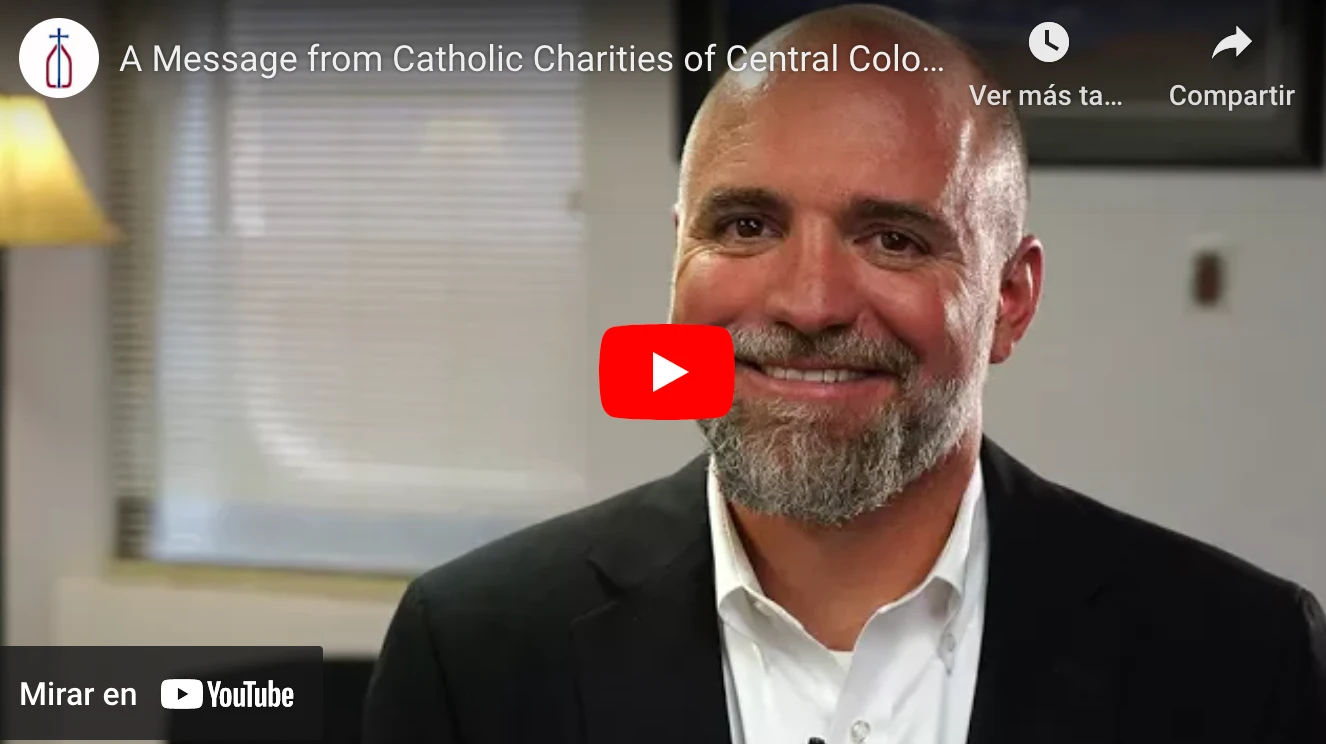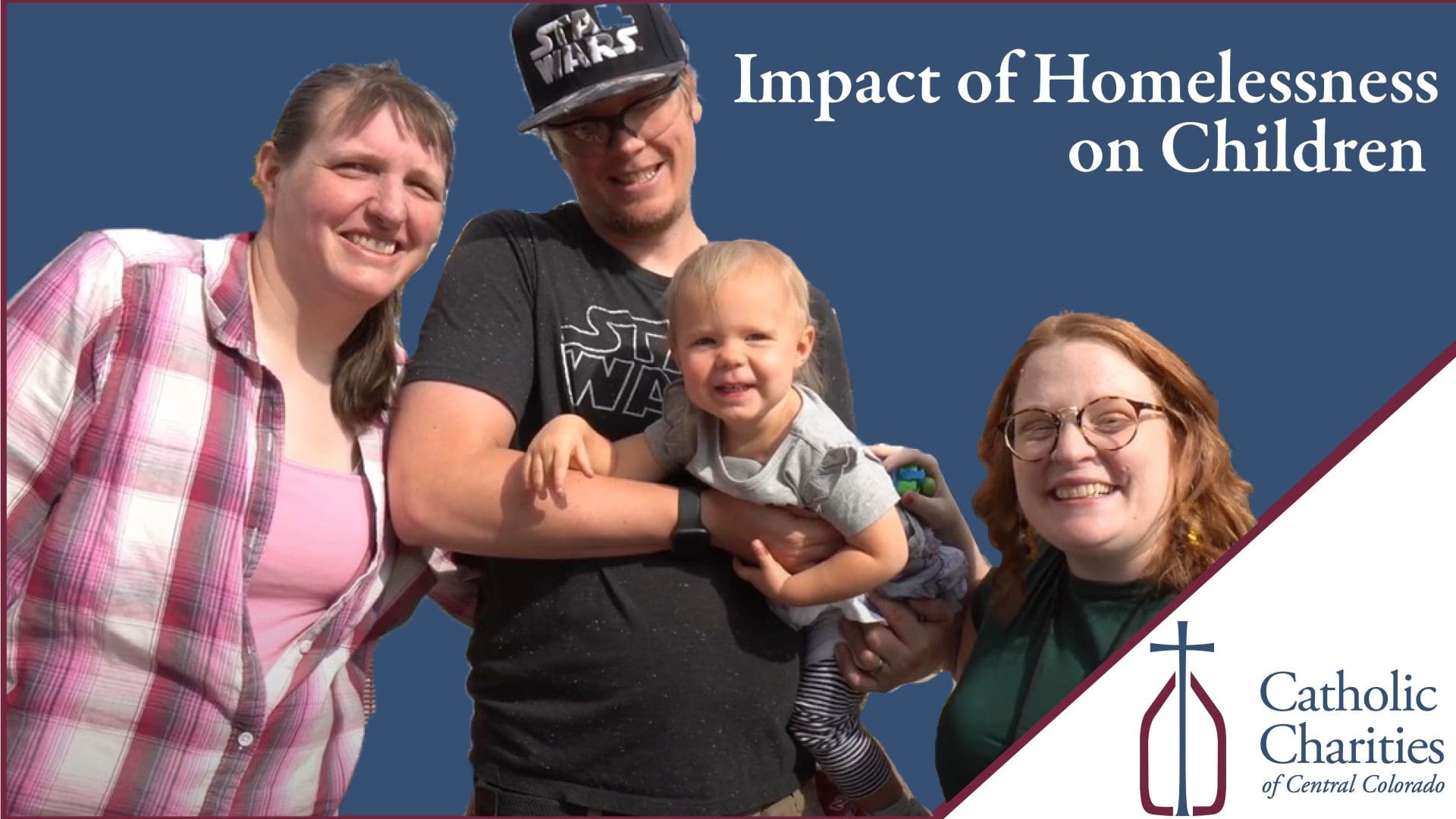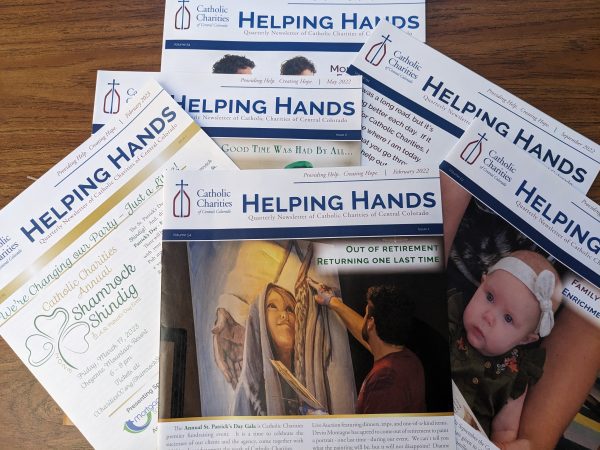
BY ANDY BARTON
It seems to be getting worse” is generally the opinion that people share with me regarding homelessness in Colorado Springs. We honestly do not know whether that is the case, but I walk and drive around the city enough to understand the sentiment. Last month, providers and volunteers fanned out across the community for the annual Point In Time Count to capture data on the actual number of homeless in the city. Those results will be released this spring. Even that quantitative data will be open to interpretation; a rise in the number last year was attributed to better methodology and not to a dramatic uptick in population. The same could end up being true this year.
Regardless of what the numbers tell us, no one can argue with what we are seeing: more evidence of people living outside. As you might imagine, I spend a fair amount of time talking and listening to people about homelessness. What I hear ranges from anger and negativity to sadness and sympathy. Almost invariably, there is an underlying fear and frustration as people talk about what they are seeing. As we enter into Lent this year, I would suggest this is an opportune time to change our focus from what to how we are seeing our homeless.
How we see and judge people who appear to be homeless has less to do with our hearts and more to do with our brains. An interesting thing happens neurologically when we see people who are different, whether in social status, race, or even gender. Researchers have found that the amygdala, the portion of the brain that governs our so-called fight/flight mechanism, is activated within fifty milliseconds of exposure to faces that are different from our own. As a species, our survival has depended on identifying and responding quickly to danger, and the amygdala is hard-wired to make split-second decisions based on a simple dichotomy: safe is like us, and danger is like them. While the science of this us versus them might make sense, the social implications are more discomforting. Genocide and ethnic cleansing are the most horrific extremes of us versus them mentality; however, it also affects each of us more subtly when we encounter people who are homeless. Not all us versus them responses to our homeless are the disdain or indifference that we might assume. Charity itself can create dependency and undermine the dignity of the people (them) that we (us) are trying to help.
Contrast this biological research with Pope Benedict’s beautiful message for Lent 2012, in which he highlighted a passage from the Letter to the Hebrews: “Let us be concerned for each other, to stir a response in love and good works” (Heb. 10:24). He continues, “The verb (concerned) . . . tells us to look at others, first of all at Jesus . . . and not to remain isolated and indifferent to the fate of our brothers and sisters.” It is not a matter of whether we want to overcome the neurological hard-wiring that separates us and them; it is our duty. Fortunately, we have Christ to assist us in the effort (which is a good thing because the brain is a powerfully complicated organ).
Lent, as Pope Benedict reminds us, is a “time to renew our journey of faith.” John LaBarbara, an author and founder of practicalcatholicism.com, gives an inspiring talk on Lent in which he characterizes the 40 days as “a journey in which we work to imitate the life of Jesus.” Both ways of looking at Lent give us a powerful new perspective with which to start seeing our homeless. We are not all experiencing the immediate impact of homelessness, poverty, and injustice; but we are all being hurt by it — not because a shelter is opening down the street or because an affordable housing project is being built in our neighborhoods; not because of the trash in our parks or panhandling at an intersection. We hurt because our brothers and sisters have to sleep in shelters or battle addiction. Most of all, we are hurt because there are those in our community who have been made to feel that they do not matter.
Practicing 40 days of seeing and embracing our common human nature in our homeless is harder than giving up candy or Facebook. Imitating Christ in our love for our brothers and sisters who are living in camps or on the street is hard because when we start to feel compassion for the suffering of others, we feel a bit of their suffering ourselves. Pope Benedict said, “Today, too, the Lord’s voice summons all of us to be concerned for one another.” This year, for Lent, the most challenging and fulfilling sacrifice we might make is to defy our brains and see our homeless with our hearts.
Andy Barton is the President and CEO of Catholic Charities of Central Colorado. This article first appeared in the Colorado Catholic Herald




